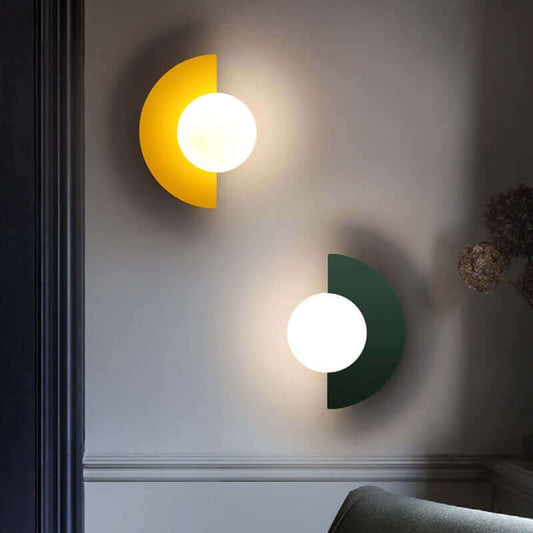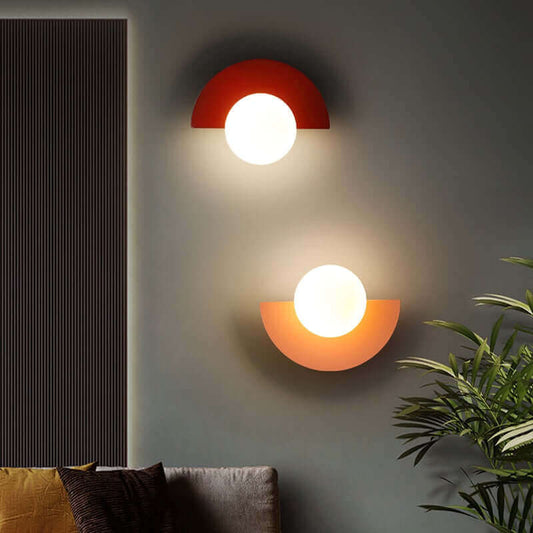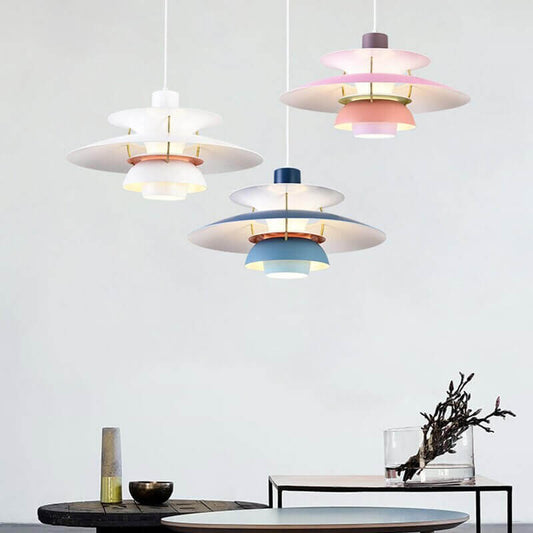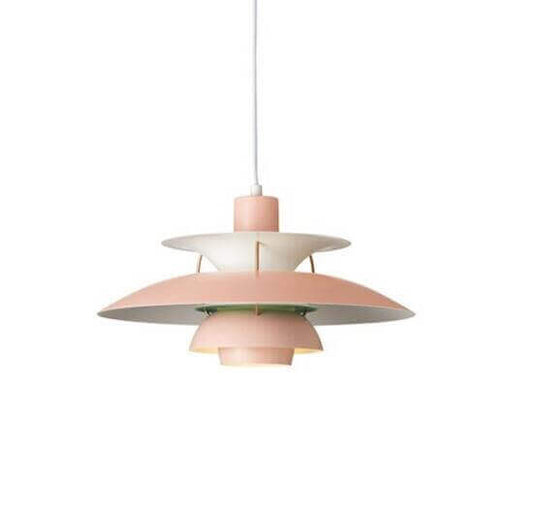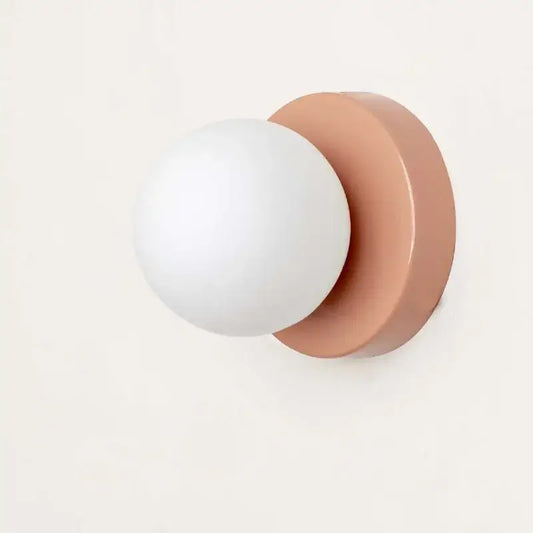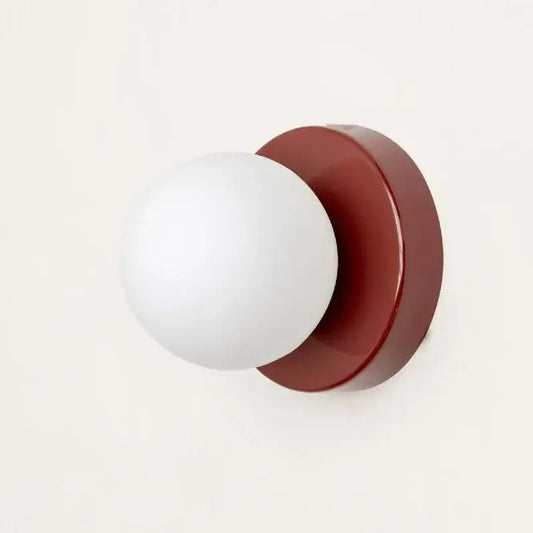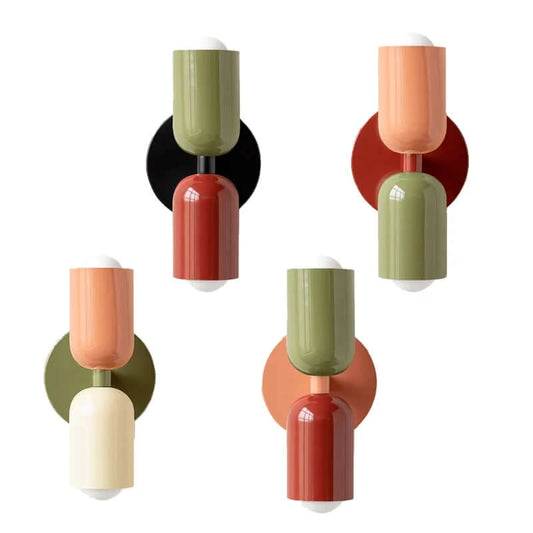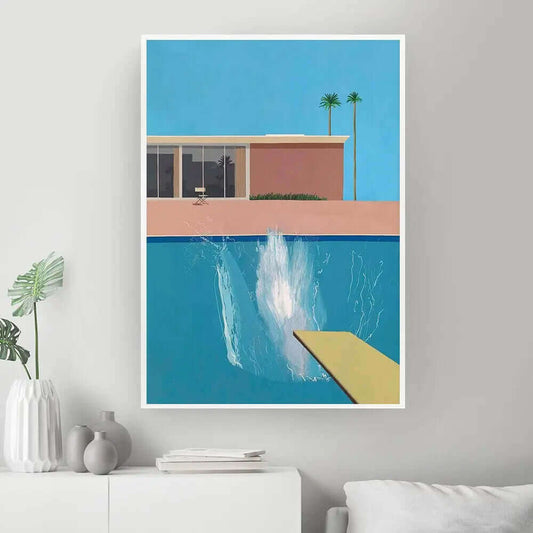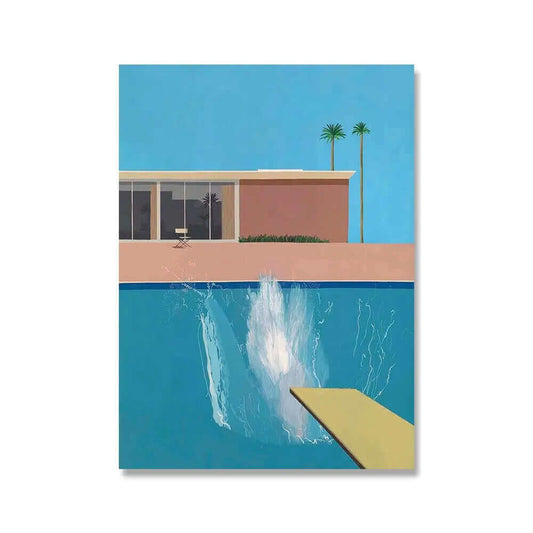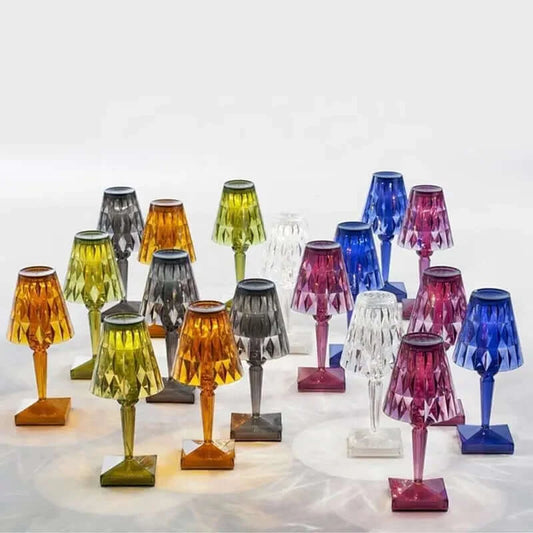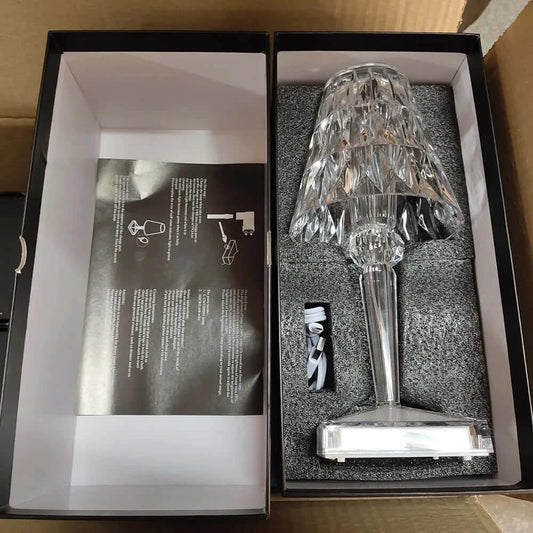Lighting has always played a crucial role in our lives, not just for illuminating spaces but also for enhancing the aesthetics of our surroundings. The art and science of lighting design have evolved significantly over the ages, influenced by cultural shifts, technological advancements, and changing tastes in Interior Design. In this article, we will explore how lighting design has transformed through different historical periods, examining key developments along the way and how they contribute to contemporary décor with a focus on floor lamps, table lamps, wall light fixtures, and ceiling light fixtures.
1. Ancient Beginnings: The Dawn of Illumination
Humanity's journey with lighting began with the elemental fire. The earliest communities relied on natural light during the day and fire by night. Candles, torches, and oil lamps emerged as they began to manipulate flame for consistent light sources and warmth. These primitive lighting solutions were basic and functional, but they laid the groundwork for the design aesthetic in later periods.
A. The Role of Oil Lamps
Oil lamps were a significant advancement in lighting technology. Made from clay or metal, these lamps used various oils as fuel and had wicks that improved burn duration and light quality. During ancient civilizations such as Greece and Rome, ornate designs and decorative elements were included in oil lamps, reflecting the period's art style.
B. Candles in Medieval Europe
With the fall of the Roman Empire, candle-making flourished in medieval Europe. Candles became a popular primary lighting source in homes, leading to specialized designs like candelabras. As the art of Interior Design evolved, candle holders made of various materials, including wrought iron and brass, started to adorn homes, bringing an elegant ambiance to spaces.
2. The Age of Enlightenment: A Shift in Aesthetics
The Age of Enlightenment, which spanned the 17th to 19th centuries, was marked by rapid advancements in scientific knowledge and the arts, leading to significant changes in lighting design. The invention of gas lighting in the early 19th century was revolutionary, transforming public spaces and homes alike.
A. Gas Lighting: A Technological Revolution
Gas lighting allowed for cleaner, more reliable illumination. Elaborate ceiling light fixtures adorned ceilings of public halls and theaters, symbolizing both wealth and taste. These fixtures transitioned from simple shapes to intricate designs featuring glass, crystal, and brass, elevating the aesthetic experience significantly.
B. Transitioning to Electric Lighting
By the late 19th century, the invention of the electric light bulb ushered in a new era of lighting. Homes began to feature electric walls light fixtures and floor lamps that offered greater flexibility and convenience. Trends in Interior Design began to incorporate these new lighting forms, using them not only for functionality but also as statement pieces.
3. The Rise of Minimalism: Mid-Century Modernism
The mid-20th century saw the emergence of the mid-century modern design movement, characterized by clean lines, organic shapes, and minimal ornamentation. This era's aesthetic embraced simplicity and functionality, impacting how light was used within space.
A. The Popularity of Table Lamps
As homes became less cluttered, table lamps emerged as essential components of modern living rooms and bedrooms. Designers crafted unique shapes and materials, emphasizing the lamp's role as a focal point. These designs combined both form and function, blending seamlessly into the contemporary lifestyle.
B. Innovative Use of Space with Floor Lamps
During this time, floor lamps underwent a conceptual transformation. Designers began experimenting with height and mobility, allowing homeowners to use lighting at various levels throughout their spaces. The tripod lamp became a favorite, fitting perfectly among modern furniture and allowing for greater design flexibility.
4. Postmodernism and the Explosion of Creativity
The late 20th century and early 21st century witnessed an explosion of creativity in lighting design. The postmodern movement contrasted against earlier minimalistic aesthetics, with designers emphasizing playful shapes and unexpected materials.
A. Statement Lighting: A New Trend
Interior spaces began to incorporate more elaborate ceiling light fixtures and wall light fixtures to create visual interest. Designers experimented with bold colors, abstract forms, and mixed media that challenged traditional norms. Lighting was no longer just about functionality; it became an embodiment of individual expression and taste.
B. Smart Lighting Solutions
With advancements in technology, smart lighting systems began emerging onto the market. These systems offer homeowners the ability to control their lighting remotely, creating customizable ambiance with ease. Today’s lighting designs blend functionality with tech, making intuitive systems that seamlessly integrate into any modern Interior Design.
5. The Future of Lighting Design: Sustainability and Innovation
As we move further into the 21st century, the trends in lighting design continue to evolve. A key focus is on sustainability, with designers seeking eco-friendly materials and energy-efficient solutions that do not compromise on style or functionality.
A. Eco-Friendly Materials
Designers are increasingly turning to sustainable materials for lamp constructions. Materials such as bamboo, recycled metals, and sustainably-sourced woods are now common in stylish floor lamps and table lamps. This evolution reflects a growing awareness of our environmental impact, allowing consumers to make choices that are both stylish and ethical.
B. Enhanced Customization
Customization is also becoming a priority for consumers. Many companies are now offering customizable walls light fixtures, allowing customers to select colors, shapes, and sizes that resonate with their personal style. This trend allows individuals to create unique, tailored spaces that reflect their aesthetics and function seamlessly.
6. Embracing Lighting Design in Your Home
As you navigate through the available lighting options for your home or office, understanding the historical context of lighting design can enhance your selections. Here are a few tips to consider when choosing lighting fixtures:
- Mix and Match: Don't be afraid to combine different styles of ceiling light fixtures and floor lamps to create a more dynamic space.
- Adjust the Ambiance: Use a variety of sources, such as table lamps and walls light fixtures, to create layered lighting that adjusts for different moods and times of day.
- Focus on Functionality: Ensure that the lighting you choose meets the functional needs of your space while enhancing its design.
- Consider Eco-Friendly Options: Invest in sustainable lighting solutions and energy-efficient bulbs that align with your values.
- Embrace Technology: Explore smart lighting options that provide convenience and flexibility in your daily life.
Lighting Design: Illuminating Your Style Choices
The evolution of lighting design through the ages illustrates not just a history of technology but also a reflection of cultural and personal expressions in Interior Design. From the primitive lamp to the sophisticated smart lighting options available today, each era has brought forth new ideas and innovations that shape how we illuminate our spaces. As we embrace this rich heritage of design, we encourage you to explore and experiment with various lighting solutions that enhance your home, creating unique atmospheres that tell your story.





